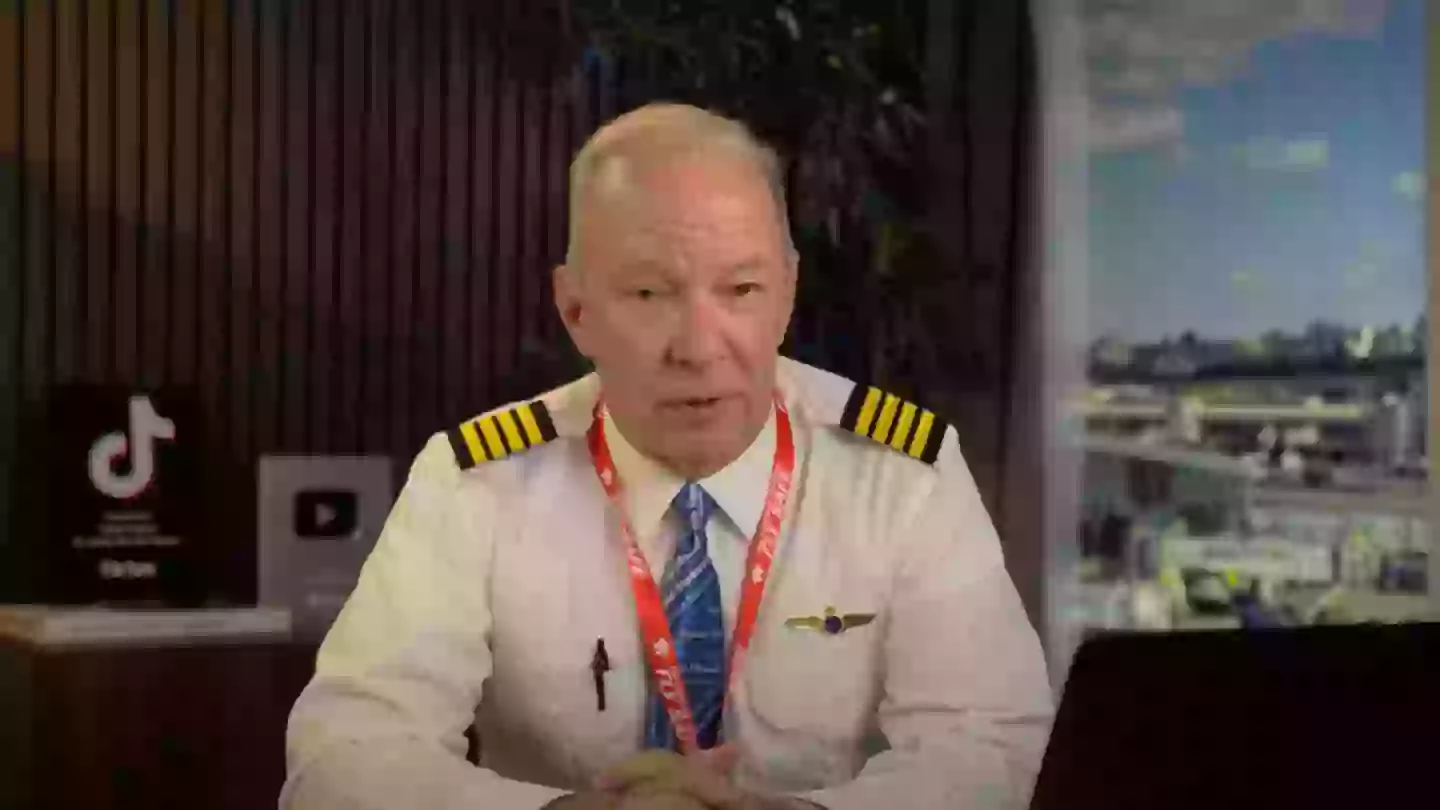An aviation analyst has proposed a straightforward explanation for the tragic crash of an Air India aircraft en route to London Gatwick, which resulted in the deaths of 241 out of 242 passengers.
The incident occurred on Thursday, June 12, when a passenger flight to the UK capital fell from the sky shortly after its departure from Ahmedabad, located in western India, at 13:39 local time.
Air India confirmed that Flight AI171 took off from Sardar Vallabhbhai Patel International Airport in Ahmedabad.
In charge of the flight were Captain Sumeet Sabharwal, aged 60, and his co-pilot Clive Kundar. Captain Sabharwal was an experienced pilot, with over 8,000 flying hours accumulated over his 22-year career.
Reports indicate that Captain Sabharwal issued a mayday call from the cockpit almost immediately after takeoff.
“Mayday […] no thrust, losing power, unable to lift,” was the message authorities claim was sent as an emergency signal.
The Air India flight reached an altitude of about 625 feet before descending and crashing in a fiery explosion.
Video footage captured the aftermath, showing a column of smoke billowing into the sky from the site of impact.
India’s Home Affairs Minister, Amit Shah, reported that the Boeing 787-8 Dreamliner was nearly at full fuel capacity, carrying 100 tonnes, and that 242 passengers and crew were aboard the flight.
The passengers included 169 Indian nationals, 53 British nationals, one Canadian, and seven Portuguese nationals.
Vishwash Kumar Ramesh, a 40-year-old British national, has been identified as the sole survivor of the Air India disaster.
Local health officials have reported that the crash also claimed the lives of eight individuals on the ground, including four medical students.
An investigation is underway to determine the cause of the crash, but one aviation expert has offered his theory.
Captain Steve, a commercial airline pilot and YouTuber, speculated that a simple mistake in the cockpit might have led to the aircraft’s downfall.
“Here’s what I think happened, again folks this is just my opinion…I think the pilot flying said to the co-pilot said ‘gear up’ at the appropriate time,” he began.
“I think the co-pilot grabbed the flap handle and raised the flaps, instead of the gear. If that happened – and this is a big if – this explains a lot of why this airplane stopped flying.”
Steve suggested that retracting the plane’s flaps could have caused a rapid loss of airspeed and altitude.
However, he noted that at this point, it remains ‘impossible’ to verify if the flaps were indeed retracted.
The speed at which the plane descended could have made it extremely challenging for the pilots to manage and ‘recover from’, Steve explained.
Typically, the 787’s composite wings would exhibit bending during takeoff as lift forces propelled it upwards, he noted.
However, the absence of bending in the Air India plane has fueled speculation that the flaps might have been inadvertently retracted, leading to the aircraft’s failure to remain airborne, according to Steve.
Meanwhile, Alastair Rosenschein, a former British Airways pilot, identified several ‘clear issues’ that might have led to the plane’s improper takeoff from the Indian runway.
“It’s clearly got its [landing] gear down and that is not correct… it should have been up. And from the video… It’s not immensely clear… but it does look like the aircraft didn’t have its take-off flap setting,” he analyzed after reviewing video footage for Sky News.
Like Captain Steve, Rosenschein suggested that the flap setup didn’t ‘look right’ and seemed to cause an ‘aerodynamic issue’ that contributed to the catastrophe.
Ramesh, seated on 11a, has recounted the events leading to the crash and how he escaped the wreckage.
From his hospital bed in Asarwa, Ahmedabad, Ramesh described the crash: “Thirty seconds after takeoff there was a loud noise and then the plane crashed. It all happened so quickly.”
“When I got up, there were bodies all around me. I was scared. I stood up and ran. There were pieces of the plane all around me. Someone grabbed hold of me and put me in an ambulance and brought me to the hospital.”
Ramesh also shared with Indian state media DD News that he was able to unbuckle himself after the crash, using his leg to navigate through debris and ultimately crawl to safety.
Following the horrific crash, India’s Prime Minister Narendra Modi released a statement expressing the nation’s grief over the tragic event.
“The loss of so many lives in such a sudden and heartbreaking manner is beyond words,” he stated.
“Condolences to all the bereaved families. We understand their pain and also know that the void left behind will be felt for years to come. Om Shanti.”

